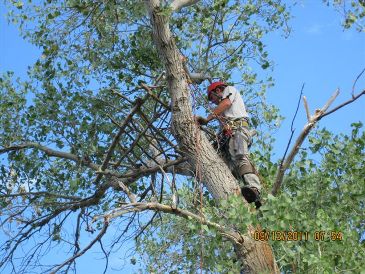 After three years of ticks killing off bald eagle nestlings in Arizona, the Arizona Game and Fish Department constructed “starter nests” in nearby trees. This year the bald eagle pair used one of the man-made nests and successfully fledged two young, says a department press release.
After three years of ticks killing off bald eagle nestlings in Arizona, the Arizona Game and Fish Department constructed “starter nests” in nearby trees. This year the bald eagle pair used one of the man-made nests and successfully fledged two young, says a department press release.
Several attempts to protect the nestlings from the ticks in the old nest were unsuccessful. While building the man-made nests, the old nest was removed and burned.
The press release gives more detail about the attempts to rid the nest and the tree from ticks, but does not give any detail about techniques used in the building the starter nests.
According to the release: “Bald eagle conservation in Arizona is a partnership effort of the Southwest Bald Eagle Management Committee — a group of 25 government agencies, private organizations and Native American tribes.”
Photo: Building a new bald eagle nest, courtesy of the Arizona Game and Fish Department.

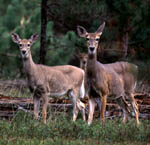 The Wisconsin Department of Natural Resources wants a four-day antlerless deer hunt as part of its strategy against Chronic Wasting Disease. Wisconsin Governor Scott Walker has cancelled that hunt, reports the
The Wisconsin Department of Natural Resources wants a four-day antlerless deer hunt as part of its strategy against Chronic Wasting Disease. Wisconsin Governor Scott Walker has cancelled that hunt, reports the 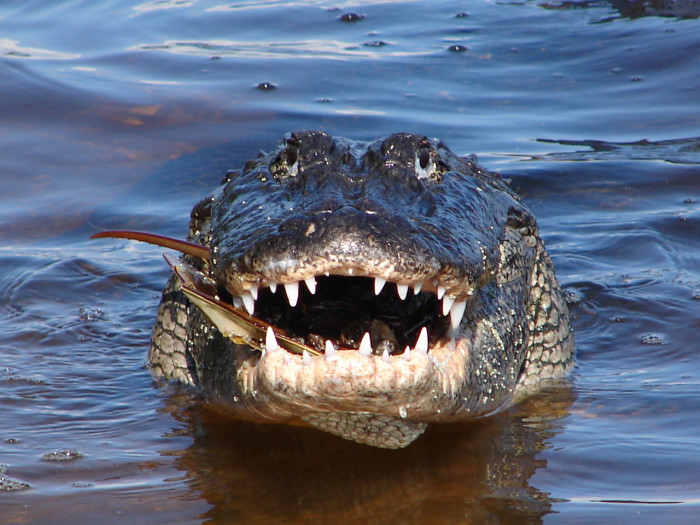 The number of alligator related hunting violations has jumped from 60 five years ago to 98 just this year, says an article in
The number of alligator related hunting violations has jumped from 60 five years ago to 98 just this year, says an article in 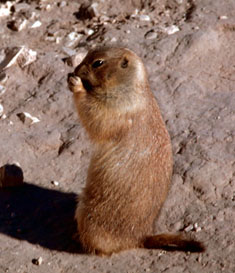 Oregon vesper sparrow and Mazama pocket gopher; mountain plover, burrowing owl and McCown’s longspur; the palila, a rapidly-declining Hawaiian honeycreeper; Karner blue butterfly, grasshopper sparrow, Henslow’s sparrow, and northern harrier; and white-tailed, Gunnison’s, Utah, and black-tailed prairie dogs are among the non-game species to benefit from this round of the
Oregon vesper sparrow and Mazama pocket gopher; mountain plover, burrowing owl and McCown’s longspur; the palila, a rapidly-declining Hawaiian honeycreeper; Karner blue butterfly, grasshopper sparrow, Henslow’s sparrow, and northern harrier; and white-tailed, Gunnison’s, Utah, and black-tailed prairie dogs are among the non-game species to benefit from this round of the 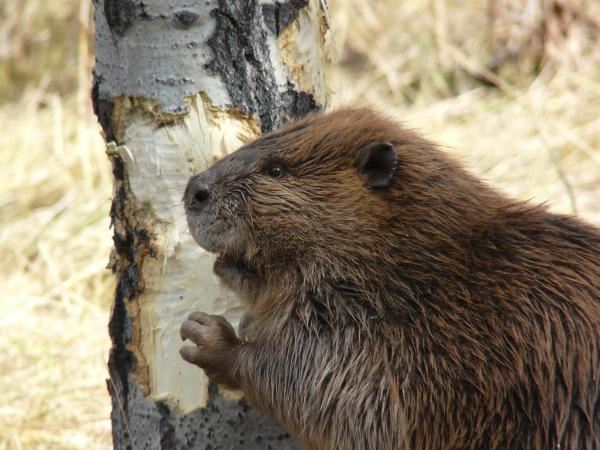
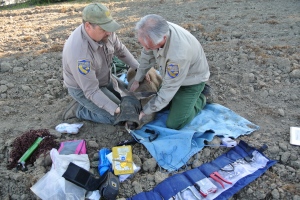 Earlier this summer, New York State Department of Environmental Conservation wildlife biologists banded 15 peregrine falcon chicks from five nests in western New York State. The birds are part of the growing peregrine population in the state.
Earlier this summer, New York State Department of Environmental Conservation wildlife biologists banded 15 peregrine falcon chicks from five nests in western New York State. The birds are part of the growing peregrine population in the state.